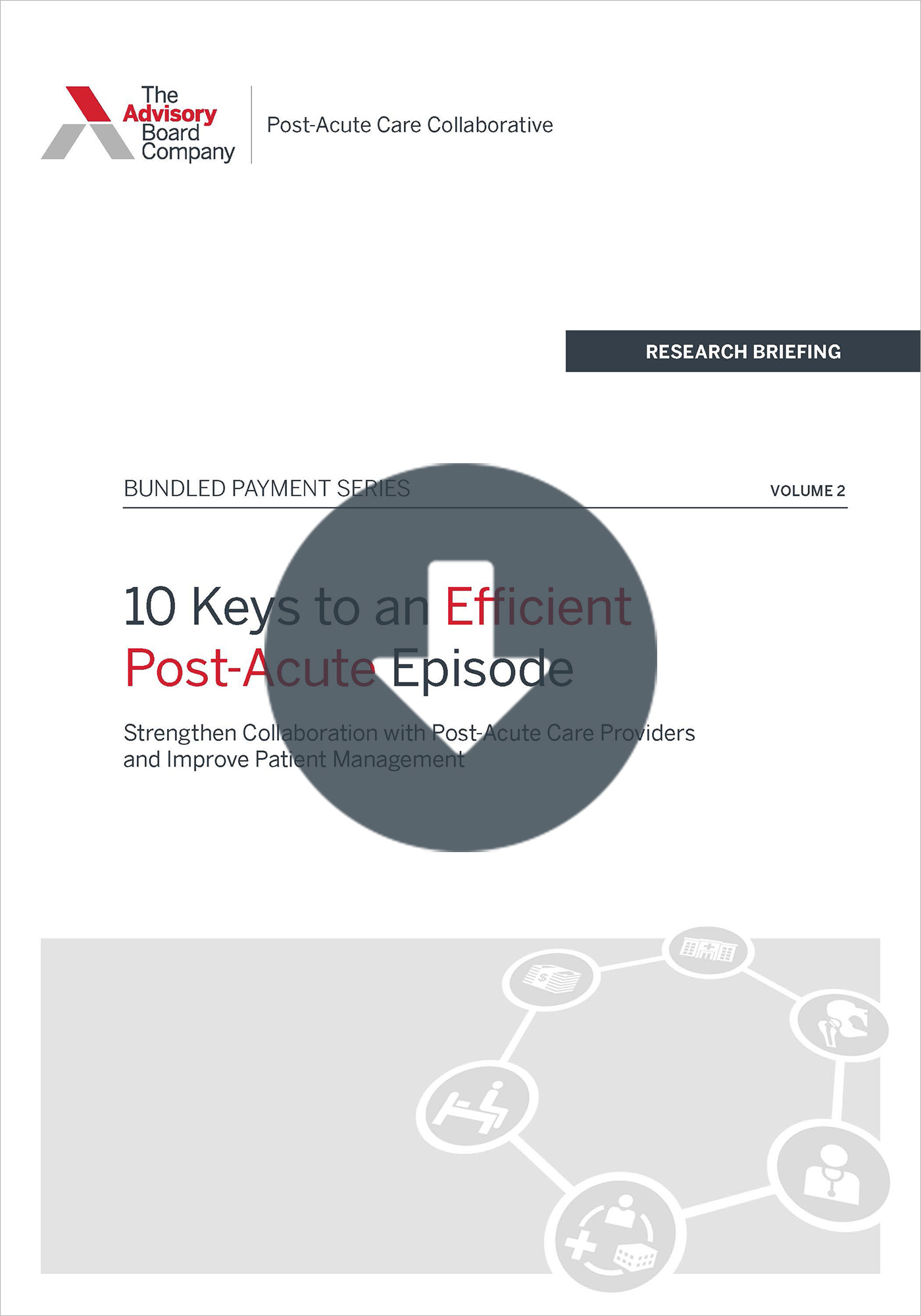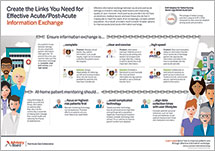Read Advisory Board's take: Five steps to reduce SNF readmissions
Nearly 11,000 skilled nursing facilities (SNFs) in the United States will see their Medicare payments decrease in fiscal year (FY) 2019 as a result of poor performance under CMS' new Skilled Nursing Facility Value-based Purchasing Program, according to CMS data updated last week.
About the program
The SNF Value-based Purchasing Program adjusts Medicare reimbursements based on SNF's performance on the program's hospital readmissions measure.
Each year, beginning Oct. 1, 2018, CMS withholds a percentage of total Medicare reimbursements to fund the program. For FY 2019, the withholding percentage was 2%. If an SNF does well by the program's metrics, it can earn back more than the withheld amount, effectively earning a bonus overall. SNFs that perform poorly can have their payments reduced.
According to Kaiser Health News, top-performing SNFs in FY 2019 will see their payments increase by 1.6%, while the lowest-performing SNFs will see their payments decrease by about 2%. CMS calculated SNFs' scores under the program by comparing the facilities' readmission rates in calendar year (CY) 2017 to their readmission rates in CY 2015.
CMS data show 73% of SNFs will be penalized in FY 2019
Overall, the CMS data show that the average risk-standardized readmission rate among SNFs participating in the program increased by 0.4% from CY 2015 to CY 2017.
According to the data, 14,959 SNFs reported sufficient information to participate in the program. Of those, 10,976, or 73%, will have their Medicare payments reduced, KHN reports. The remaining 3,983, or about 27%, will receive bonuses under the program. According to Modern Healthcare, 3% of the participating SNFs will receive the maximum bonus of 1.6%, and 20% will receive the maximum penalty of 2%.
On average, for-profit SNFs will receive larger payment cuts than nonprofit and government-owned SNFs, according to an analysis of the data by KHN. KHN also found that SNF performance varied by state. For example, KHN found that 85% of SNFs in Arkansas, Louisiana, and Mississippi will see their payments decrease. In comparison, more than 50% of SNFs in Alaska, Hawaii, and Washington will see their payments increase.

10 keys to an efficient post-acute episode
Reaction
Thomas Martin—director of post-acute care analytics at CarePort Health, which works with hospitals and nursing homes—said the payment reductions "could mean a significant amount of money" for SNFs. He explained, "A lot are operating on very small margins."
Martin also expressed concern about the increase in the average risk-standardized readmission rate among SNFs. "That's the take home thing people will be surprised at, historically when … CMS starts measuring something and ties it to payment, usually things get better," he said. However, Martin noted that many readmissions are "outside [of] the SNFs' control."
Pamela Richmond—chief strategy officer at Otterbein SeniorLife, which runs 12 SNFs that will receive lower payments under the program—said the company is "super disappointed" about the payment reductions. She said Otterbein is implementing strategies to help reduce readmission rates among its patients, such as setting up home care for patients and bringing patients back to their facilities if necessary. "This really puts the emphasis on us to go out and coordinate better care after [patients] leave," she said.
According to KHN, American Health Care Association, which represents SNFs, said it supports the VBP program and is pleased to see that more than 25% of the facilities will receive bonuses (Spanko, Skilled Nursing News, 11/28; Rau, Kaiser Health News, 12/3; Gooch, Becker's Hospital CFO Report, 12/3; Castellucci, Modern Healthcare, 11/28; CMS website, 10/25 ).
Advisory Board's take

Monica Westhead, Practice Manager, Post-Acute Care Collaborative and Carolyn Buys, Senior Analyst, Post-Acute Care Collaborative
Reducing readmissions has long been a focus for providers across the care continuum, but it's becoming increasingly important for SNFs due to this new financial penalty, as highlighted by the high percentage of providers penalized this year. The new SNF VBP program holds facilities accountable for readmissions that occur 30 days from hospital discharge, regardless of whether the patient was readmitted directly from the SNF or after SNF discharge. This means that if providers want to drive down readmission rates, they need to both improve their quality of care they provide and carefully partner with high-quality up- and downstream providers.
“It's never too late (or too early) to focus on a readmissions reduction strategy.”
For any post-acute provider, it's never too late (or too early) to focus on a readmissions reduction strategy. Clinical outcomes transparency, and corresponding pay-for-performance programs, are likely to continue to pick up speed across the post-acute industry. Home health agencies should especially pay close attention to this year's SNF results, as CMS has repeatedly hinted at making the home health VBP pilot program mandatory nationwide.
Whether your organization received a readmission penalty this year or you're just looking to develop a strategy for improving clinical outcomes, it's critical to prepare right now across five key areas:
- Equipping staff to deliver high-quality care;
- Strengthening care transitions;
- Hardwiring access to advanced clinical knowledge through telemedicine and embedded physician roles;
- Managing complex patients in the community; and
- Developing a cross-continuum forum for ongoing quality improvement.
To learn more about how to develop a strategy in each of these areas, be sure to look at our Post-Acute Care Clinical Quality Compendium.
And be sure to join us next spring at our 2019 Post-Acute Care Collaborative National Meeting for a conversation on some of the biggest shared challenges in post-acute care—including reducing delays in care delivery, capitalizing on new payment structures, and improving the patient and family experience.
Don't miss out on the latest Advisory Board insights
Create your free account to access 1 resource, including the latest research and webinars.
Want access without creating an account?
You have 1 free members-only resource remaining this month.
1 free members-only resources remaining
1 free members-only resources remaining
You've reached your limit of free insights
Become a member to access all of Advisory Board's resources, events, and experts
Never miss out on the latest innovative health care content tailored to you.
Benefits include:
You've reached your limit of free insights


